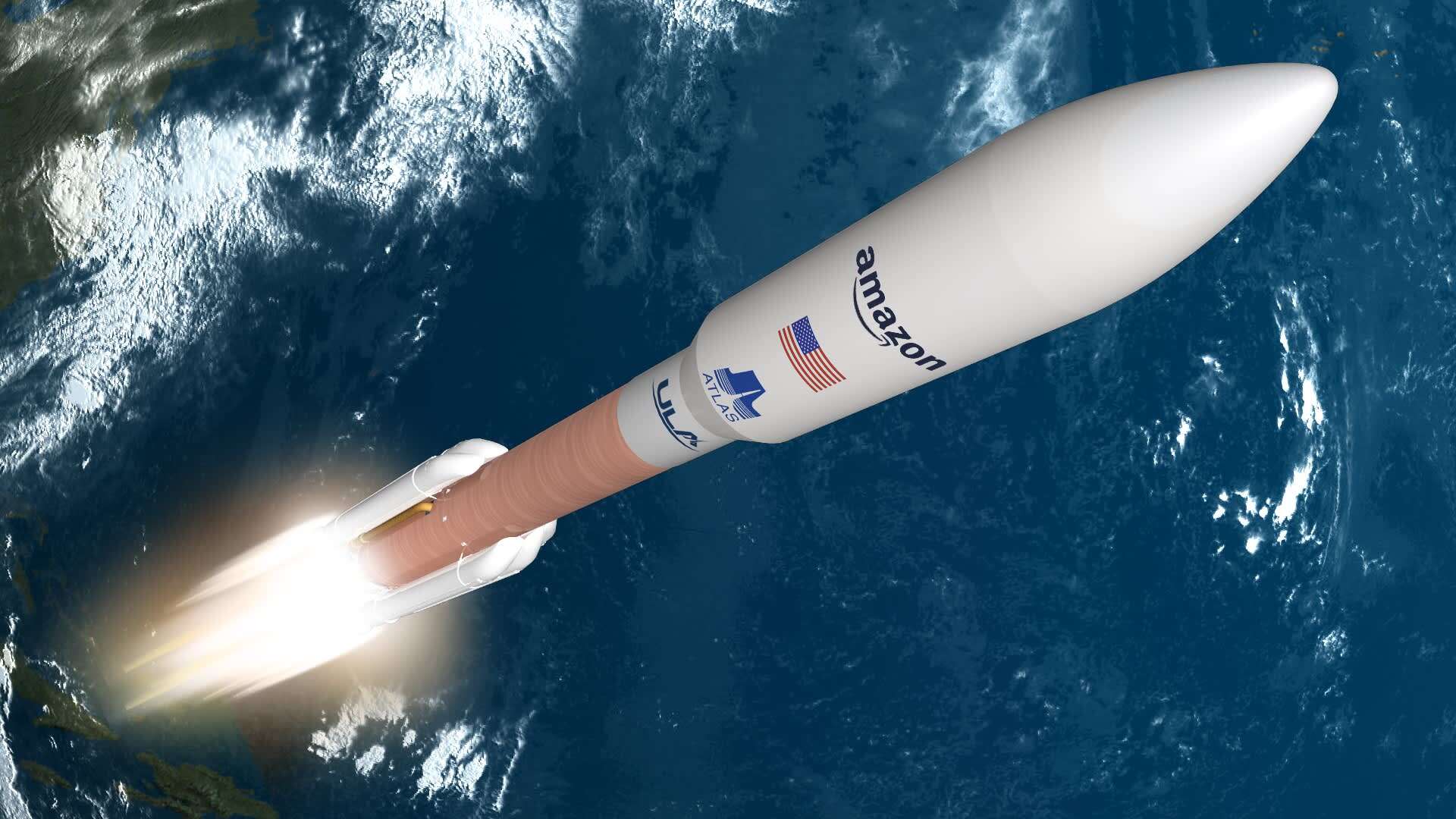Amazon’s “Project Kuiper,” an alternative internet service that competes with SpaceX Starlink, includes a trio of satellite receivers that were just announced.
Project Kuiper is Amazon’s low-Earth-orbit (LEO) satellite network designed to provide high-speed, low-cost Internet access to areas currently not reached by conventional means. Project Kuiper’s 3,236 satellites in LOI will do this (LEO).
The company claims it has a purpose to service tens of millions of customers. Therefore, it set an ambitious target at the outset of the project to create a customer terminal for less than $500.
According to the company’s blog post, “that milestone was attained in 2020, with the invention of a novel antenna architecture that was smaller and lighter than conventional designs.”
Amazon has now introduced three satellite receivers, the result of ongoing research and development to make its terminal designs even more compact, inexpensive, and powerful.
The tiniest terminal measures about 7 inches square, weighs only 450 grammes and can reach rates of up to 100 megabits per second. Just $100 will get you this lightweight satellite receiver.
Read also: OneWeb Increases Its African Satellite Reach
The typical consumer terminal is smaller than 11 by 1 inches and lighter than 5 pounds (2,268 grammes) without its mounting bracket. Expect speeds of up to 400 Mbps, making it one of the fastest consumer terminals of its kind on the market (Mbps). The company anticipates manufacturing these terminals for less than $400 each.
The largest of the three models is made for data-intensive uses in government, telecom, and large businesses. It has dimensions of 19 inches by 30 inches and can transmit data at speeds of up to 1 gigabit per second (Gbps). There is no information available regarding the cost of this item.
Amazon’s VP of technology for Project Kuiper, Rajeev Badyal, has stated that the company’s ultimate goal is to “please” users with the service’s “quality, reliability, and value” rather than just connecting “unserved” and “underserved” populations. Every technological and business decision we’ve made from day one has been based on what would provide the best experience for a wide variety of clients all around the world, and this is reflected in the variety of customer terminals we offer.
More On Amazon’s LEO satellite by Project Kuiper
Amazon’s LEO satellite network will be used by every Project Kuiper receiver. Although these satellites are not yet in production, United Launch Alliance’s Vulcan Centaur rocket is scheduled to launch the first two prototypes later this year.
The first production satellites for Project Kuiper are scheduled to be launched in the first half of 2024, and service for customers should begin by the year’s end.
The services provided by both companies are equivalent because they both use LEO satellite technology. But, at $600 for the stationary version of Starlink Roam and Residential, SpaceX’s solutions are now more expensive.
Also, Nigeria is among the more than 50 nations where Starlink is now active. Over 12,000 satellites are scheduled for launch, with a possible increase to 42,000 in the future. In December of 2022, SpaceX said that they had more than a million subscribers.
When Amazon’s Project Kuiper launches towards the end of 2024, customers can benefit from increased competition and lower prices.
